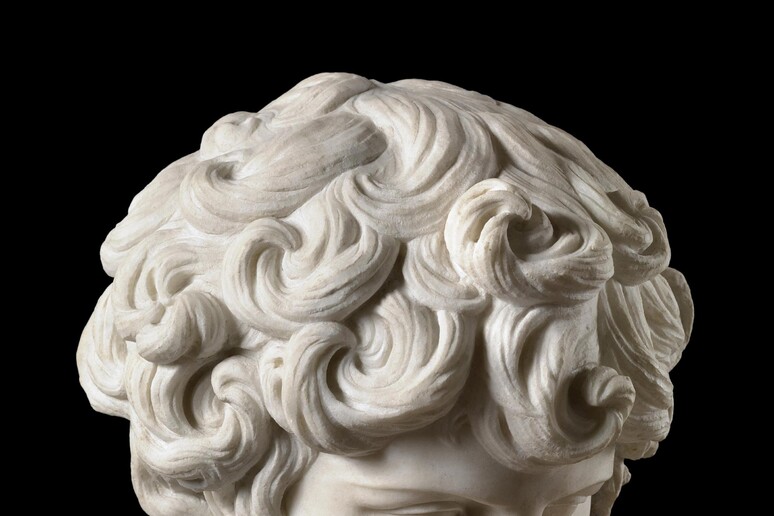The original face of Antinous
goes on display Thursday together with its original bust in an
exhibition at Palazzo Altemps titled "A Portrait of Antinous, in
Two Parts", through January 15.
The exhibition brings together the original marbles, which
date to the second century AD, solving a centuries-long mystery
regarding the "new face" on the Palazzo Altemps' bust as noted
in 1756 by the archaeologist J.J. Winklemann.
Egyptologist W. Raymond Johnson in 2013 discovered that the
original face, held by the Art Institute in Chicago, belonged to
the original bust, held at Palazzo Altemps.
"For us there's no doubt: one is the missing part of the
other," said Palazzo Altemps Director Alessandro Capodiferro.
Antinous was a Bithynian Greek youth and a favourite, or
lover, of the Roman emperor Hadrian.
He was deified after his death by drowning in the Nile,
being worshiped in both the Greek East and Latin West, sometimes
as a god and sometimes merely as a hero.
Hadrian founded a city, Antinopolis, close to Antinous's
place of death, which became a cult centre for the worship of
Osiris-Antinous.
Hadrian also founded games in commemoration of Antinous to
take place in both Antinopolis and Athens, with Antinous
becoming a symbol of Hadrian's dreams of pan-Hellenism.
Antinous became associated with homosexuality in Western
culture, appearing in the work of Oscar Wilde and Fernando
Pessoa.
Hadrian also erected monuments to his dead lover at his
sprawling villa outside Tivoli (ancient Tibur), one of central
Italy's most popular tourist sites.
ALL RIGHTS RESERVED © Copyright ANSA











